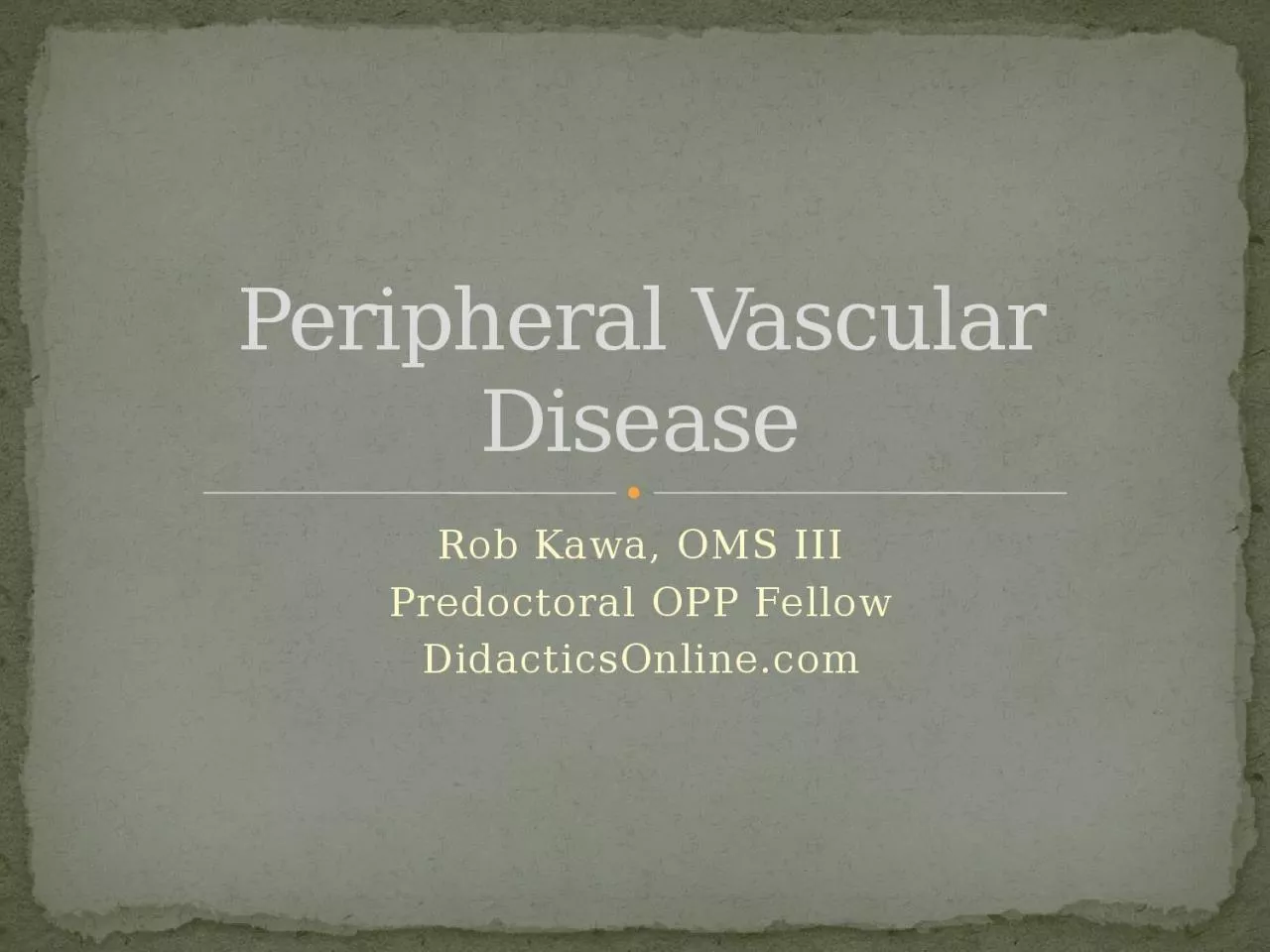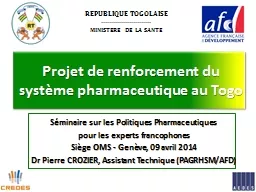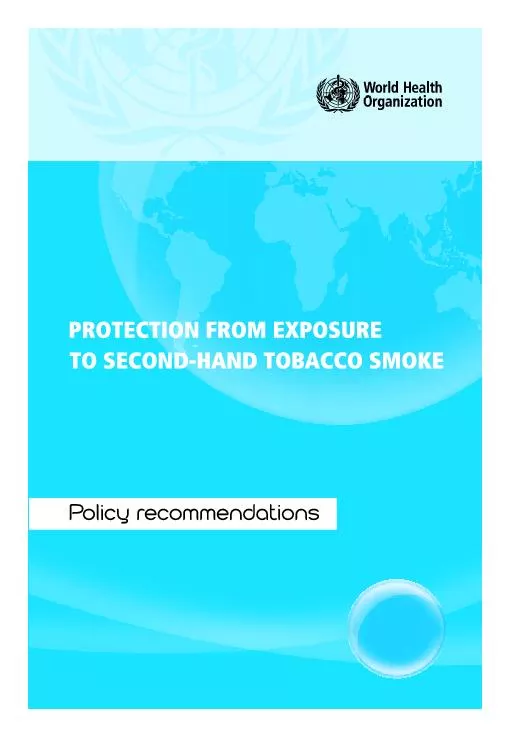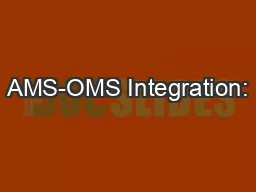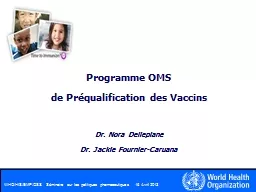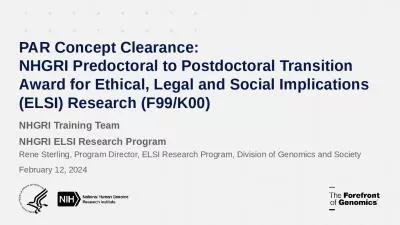PPT-Rob Kawa , OMS III Predoctoral
Author : danya | Published Date : 2023-12-30
OPP Fellow DidacticsOnlinecom Peripheral Vascular Disease Peripheral vascular disease PVD can really be a vascular pathology of either the veins or arteries PVD
Presentation Embed Code
Download Presentation
Download Presentation The PPT/PDF document "Rob Kawa , OMS III Predoctoral" is the property of its rightful owner. Permission is granted to download and print the materials on this website for personal, non-commercial use only, and to display it on your personal computer provided you do not modify the materials and that you retain all copyright notices contained in the materials. By downloading content from our website, you accept the terms of this agreement.
Rob Kawa , OMS III Predoctoral: Transcript
Download Rules Of Document
"Rob Kawa , OMS III Predoctoral"The content belongs to its owner. You may download and print it for personal use, without modification, and keep all copyright notices. By downloading, you agree to these terms.
Related Documents

